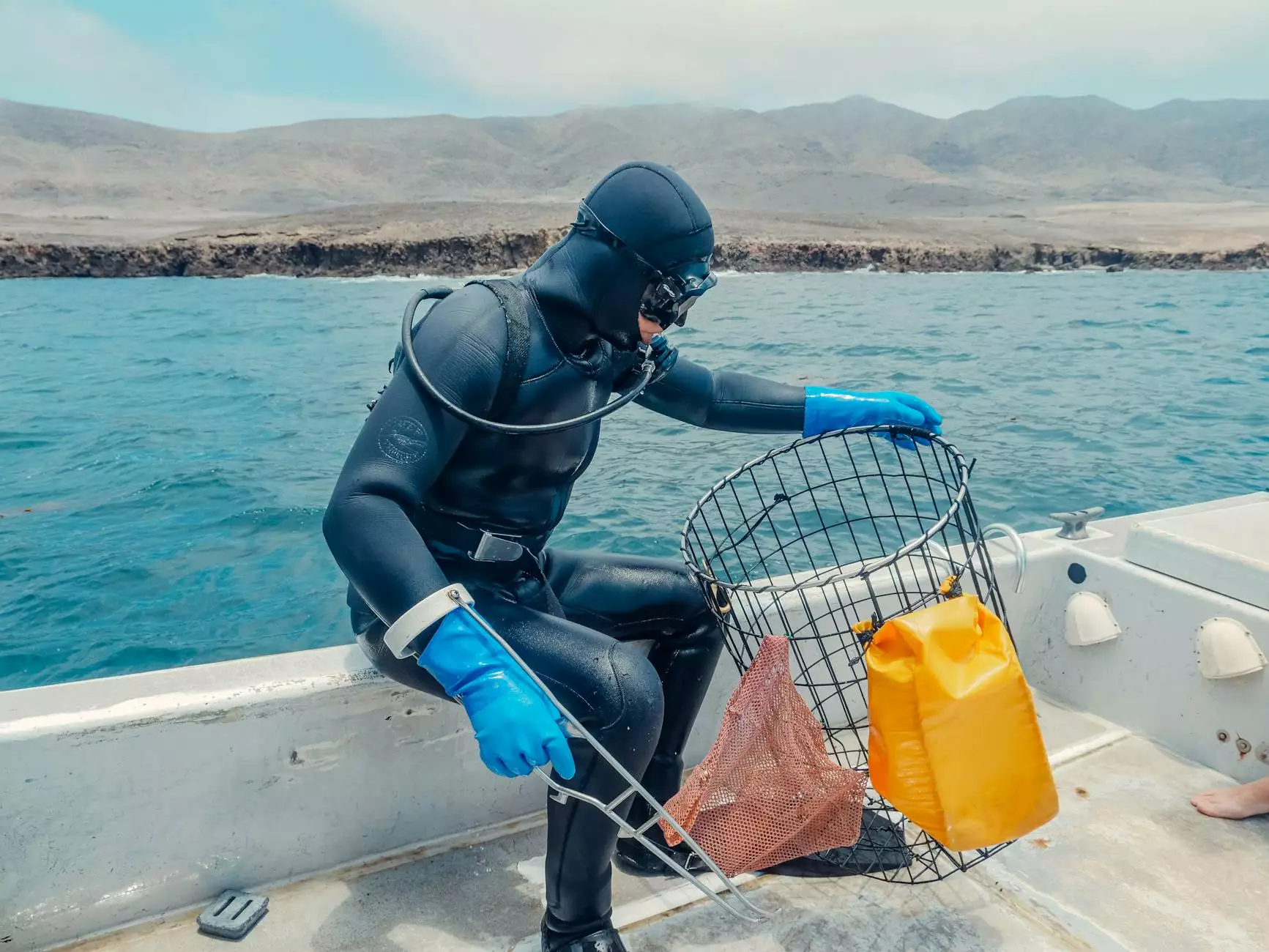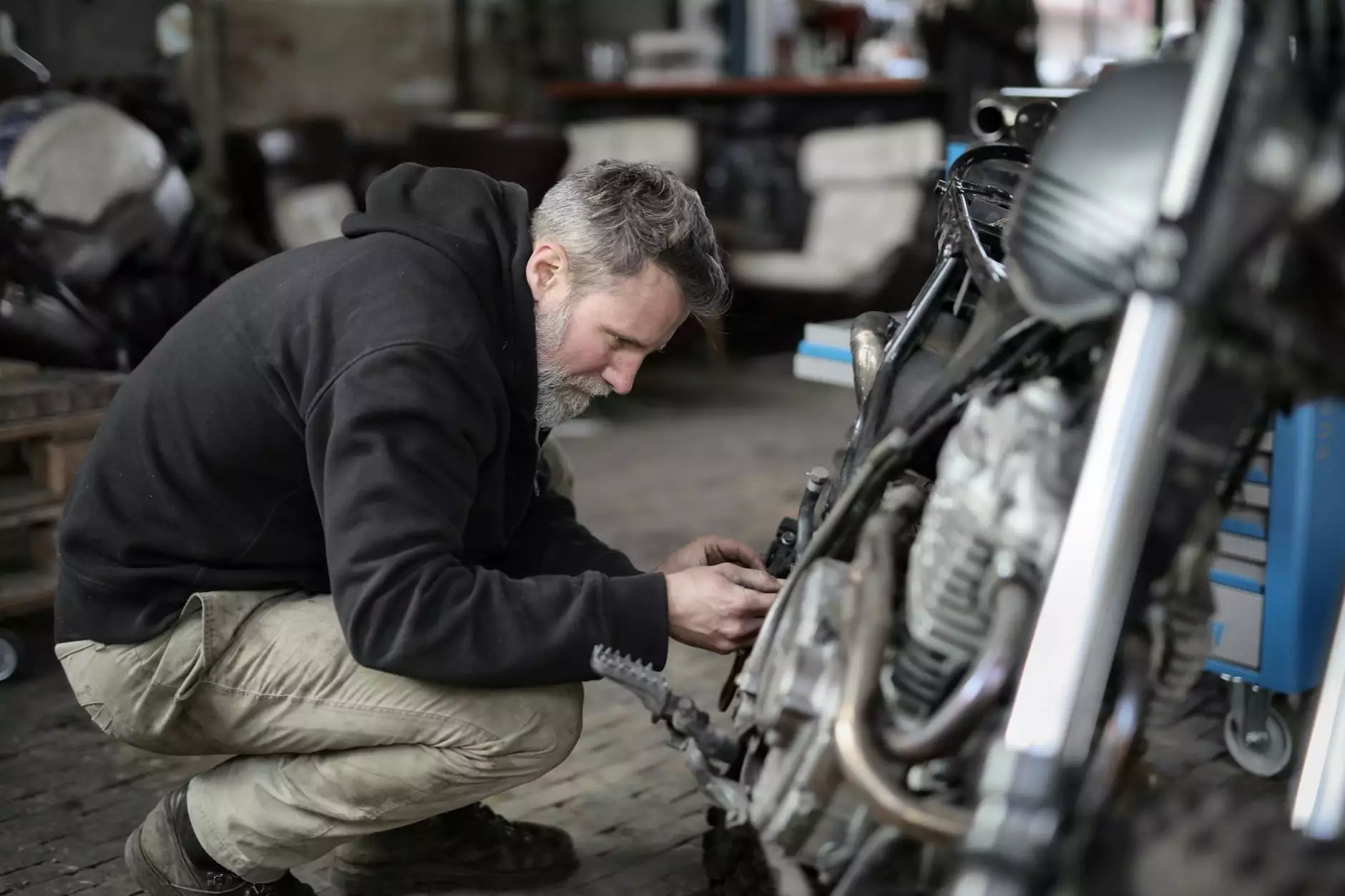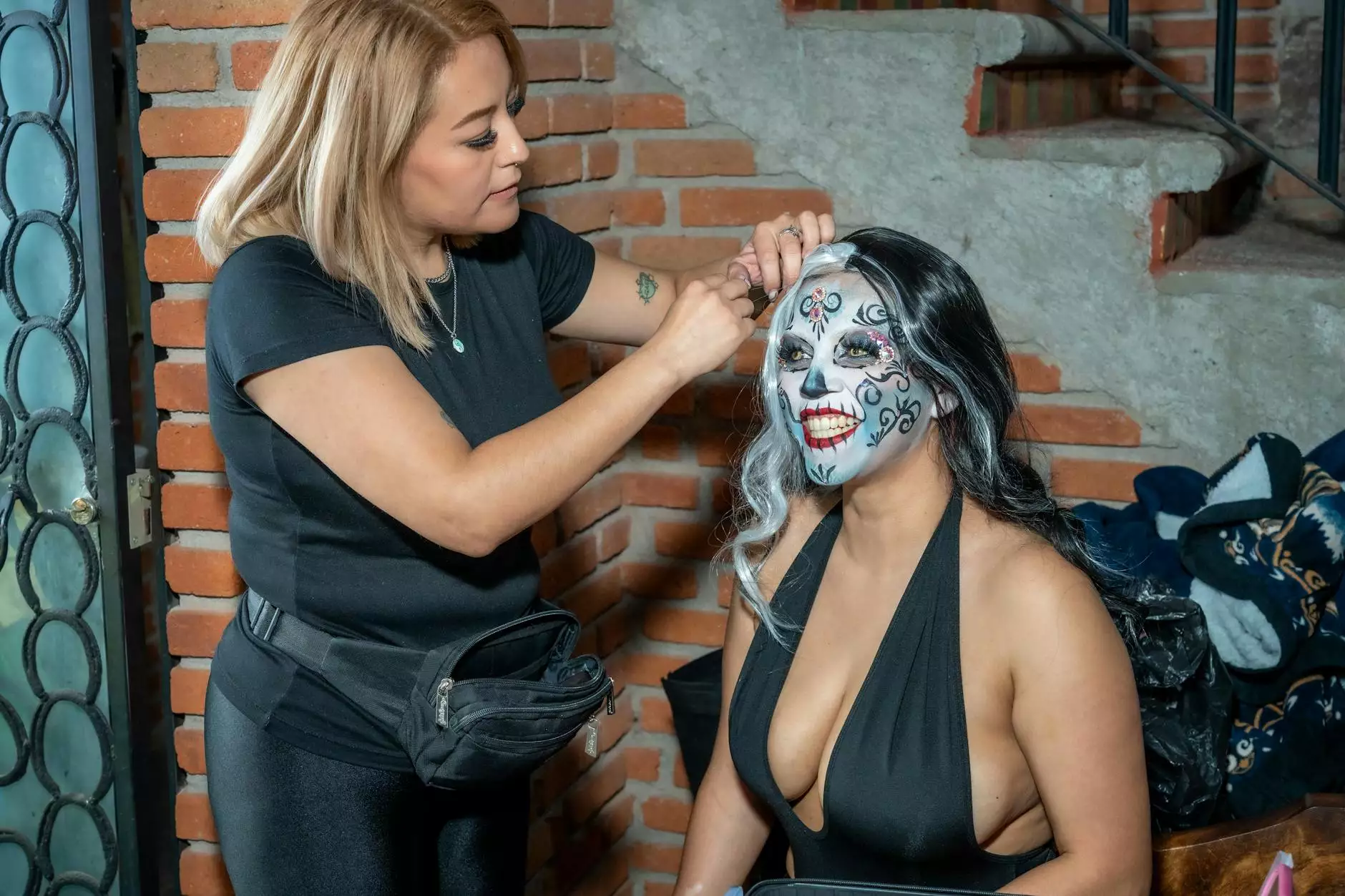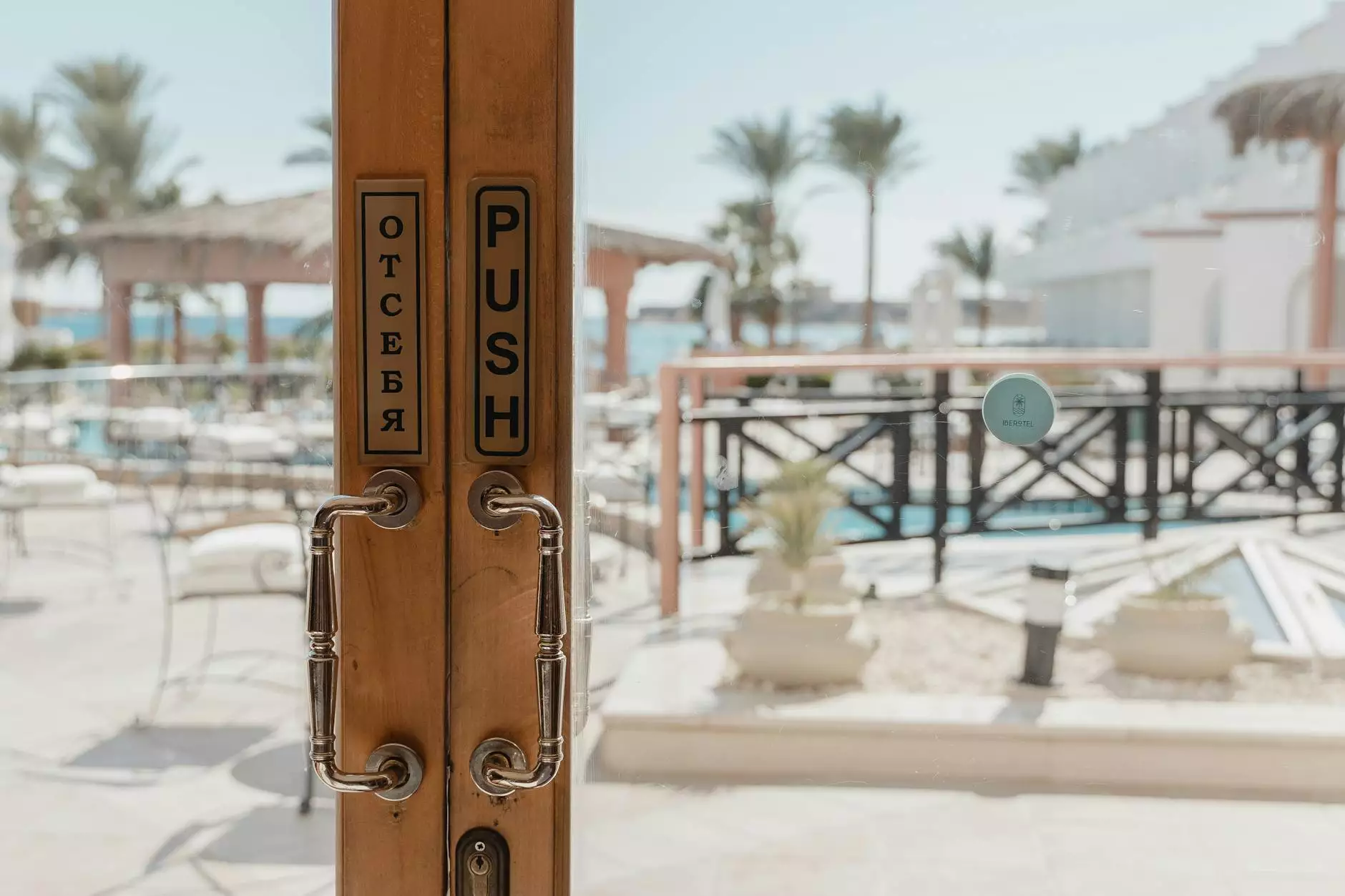Essential Equipment for Scuba Diving: A Complete Guide

Scuba diving is one of the most thrilling and immersive activities you can engage in. To truly enjoy the breathtaking underwater world, having the right equipment for scuba diving is crucial. Not only does the right gear ensure your safety, but it also enhances your overall diving experience. In this extensive guide, we will explore the essential equipment, explain their functions, and provide tips on how to choose the best gear for your diving adventures.
Understanding Scuba Diving Equipment
Scuba diving equipment can be divided into several categories based on its function. The primary categories include:
- Personal Gear
- Breathing Apparatus
- Exposure Protection
- Accessories
- Safety Equipment
1. Personal Gear
Your personal gear includes the essential items that directly affect your diving experience. Here are the key components:
Mask
A well-fitted snorkel mask is vital as it allows you to see underwater clearly. Look for a mask that seals well against your face, has a comfortable strap, and provides excellent visibility. Tip: Always try on masks before you buy to ensure a proper fit.
Fins
Fins enhance your mobility while diving. There are various types of fins available, including:
- Open-heel fins - Ideal for colder waters, these require neoprene booties.
- Full-foot fins - Great for warm waters, they fit snugly without shoes.
2. Breathing Apparatus
The breathing apparatus is the most critical aspect of your scuba diving gear. It consists of:
Tank
The scuba tank holds compressed air. Ensure your tank is inspected regularly and is filled to the required pressure for your dive. Select a size that suits the duration of your dives.
Regulator
Your regulator controls the flow of air from the tank to you. A high-quality regulator is essential for a safe dive. Look for a two-stage regulator with a balanced diaphragm for optimal performance.
Buoyancy Control Device (BCD)
The BCD is crucial for managing your buoyancy underwater. It allows you to ascend or descend easily and to maintain neutral buoyancy. Ensure your BCD fits well and has enough lift for your tank and gear.
3. Exposure Protection
When diving, protecting your body from cold water, sunburn, and marine life is essential. Options include:
Wetsuits and Drysuits
A wetsuit provides insulation by trapping a thin layer of water that warms up next to your skin. A drysuit keeps you completely dry and is used in colder waters for dives. Make sure to get the appropriate thickness based on the water temperature.
Hoods, Gloves, and Boots
Consider adding hoods to protect your head and neck, gloves for your hands, and boots for your feet, especially when diving in colder environments.
4. Accessories
Various accessories can enhance your experience while ensuring safety:
Dive Computer
A dive computer tracks your depth, time underwater, and recommended ascent rates. It is an essential piece of equipment for scuba diving as it helps prevent decompression sickness.
Underwater Camera
Capturing the stunning sights beneath the surface is made possible with an underwater camera. Choose a camera that is robust, waterproof, and equipped with good low-light capabilities to capture vibrant underwater photos.
5. Safety Equipment
Safety should always be a priority during scuba diving. Essential safety equipment includes:
Emergency Surface Marker Buoy (SMB)
An SMB is crucial for marking your location on the surface while you are making your ascent.
First Aid Kit
Always have a well-stocked first aid kit on hand in case of emergencies. Include items such as adhesive bandages, antiseptic wipes, and tools to address common diving injuries.
Choosing Your Equipment for Scuba Diving
When selecting your equipment for scuba diving, consider the following factors:
- Experience Level: Beginners might require simpler, user-friendly gear, while experienced divers can opt for advanced equipment.
- Environment: Assess where you’ll be diving. Tropical waters or cold lakes will dictate your choice in exposure protection.
- Comfort and Fit: Always prioritize comfort; ill-fitting gear can spoil your dive.
- Budget: Set a budget that accommodates quality equipment. Investing in good gear is essential for safety.
Using Your Equipment Effectively
Knowing how to properly use your equipment for scuba diving is as important as owning it:
Pre-Dive Checks
Before every dive, perform thorough equipment checks, including:
- Inspecting tank pressure
- Checking regulator functionality
- Verifying that masks and fins are undamaged
Proper Entry and Exit Techniques
Familiarize yourself with techniques for safe entry and exit from the water to minimize risks.
Post-Dive Care
After your dive, rinse your gear in fresh water, dry it, and store it properly to ensure its longevity.
Where to Buy Diving Equipment
For quality equipment for scuba diving, consider purchasing from reputable dive shops or online retailers. It is advisable to start by visiting local shops, such as Infinity Dive, where you can find gear and seek expert advice.
Conclusion
In conclusion, investing in the right equipment for scuba diving is essential for both safety and enjoyment. By understanding the various types of gear available, you can choose the best options for your diving style and environment. Remember, quality gear can make all the difference as you explore the mesmerizing underwater world. So gear up, check your equipment, and get ready for your next diving adventure!
equipment for scuba diving








